
Another of the more recent culinary jewels in Yorkville’s sparkling crown is Amal—Arabic for “hope” —an upscale contemporary restaurant with a solid foundation built on classic Lebanese cuisine. Of course, anyone with an online thesaurus will know that “contemporary” is pretty synonymous with “modern.” That being the case, I asked Amal’s executive chef Rony Ghaleb what makes a dish “modern” in his opinion.
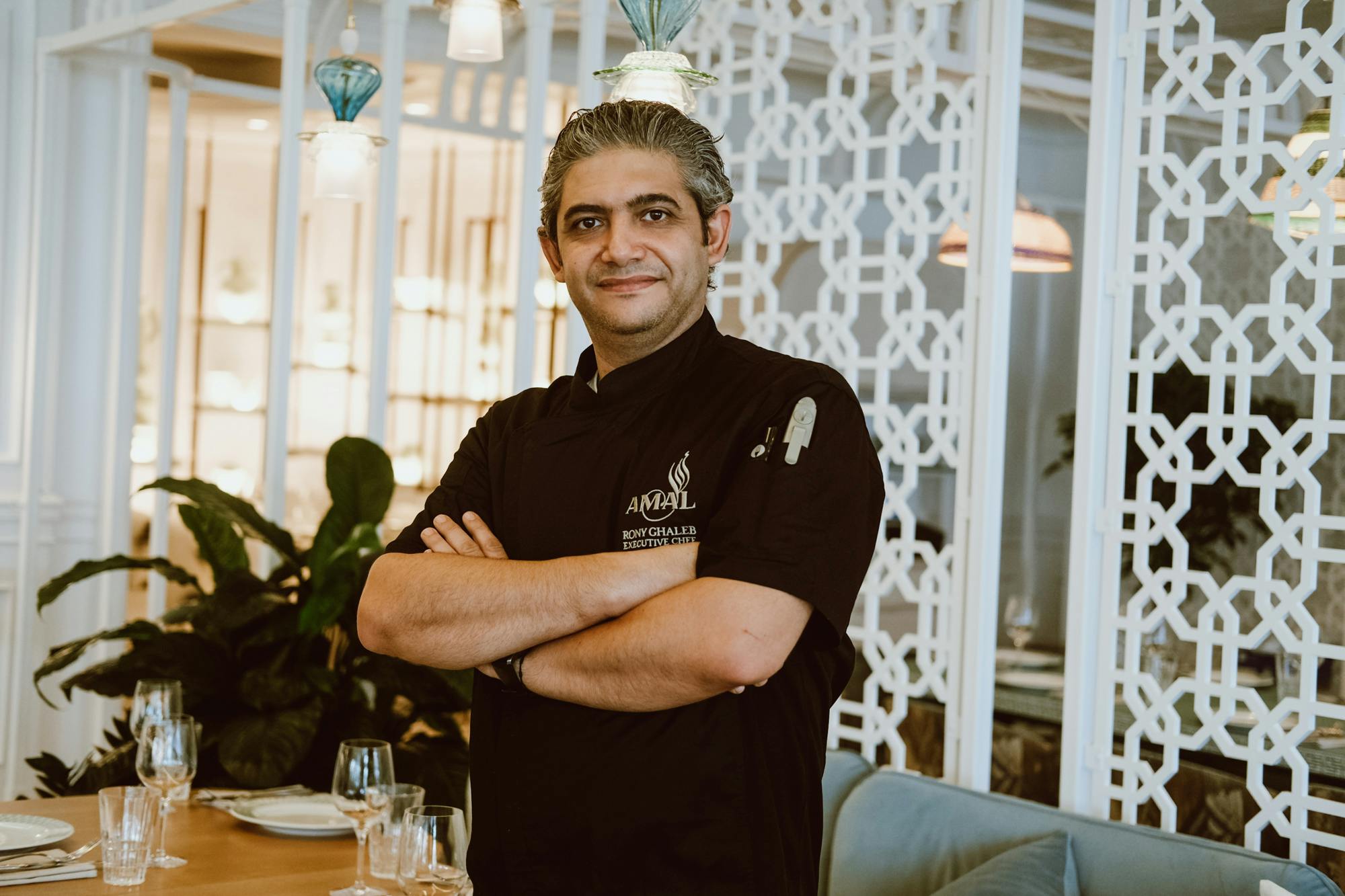
Amal Toronto
“To me, modernizing is about innovative presentation and incorporating new ingredients that will enhance the flavour of authentic dishes, rather than take away from them,” Ghaleb says of his menu that caters to both North American and Lebanese taste profiles. “However, as a Beirut native myself, I have always loved experimenting with our traditional flavours and ingredients. I’ve had success making small changes that elevate and enhance our cultural dishes while still remaining true to the authentic Lebanese flavours.”
According to Chef Ghaleb, feedback and comments from Amal’s guests have been extremely positive, especially from diners with Lebanese backgrounds. Maybe it’s the diversity of Toronto’s food scene that allows for originators of certain cultural dishes to be open-minded to contemporary tweaks? It could be since Amal’s Lebanese customers seem to enjoy it as much as anyone else.
“They expect something different when dining out, and a carefully executed dish with an innovative twist can easily elevate their dining experience if done the right way,” Ghaleb insists before rhyming a few examples of foods that are modernized versions of themselves.
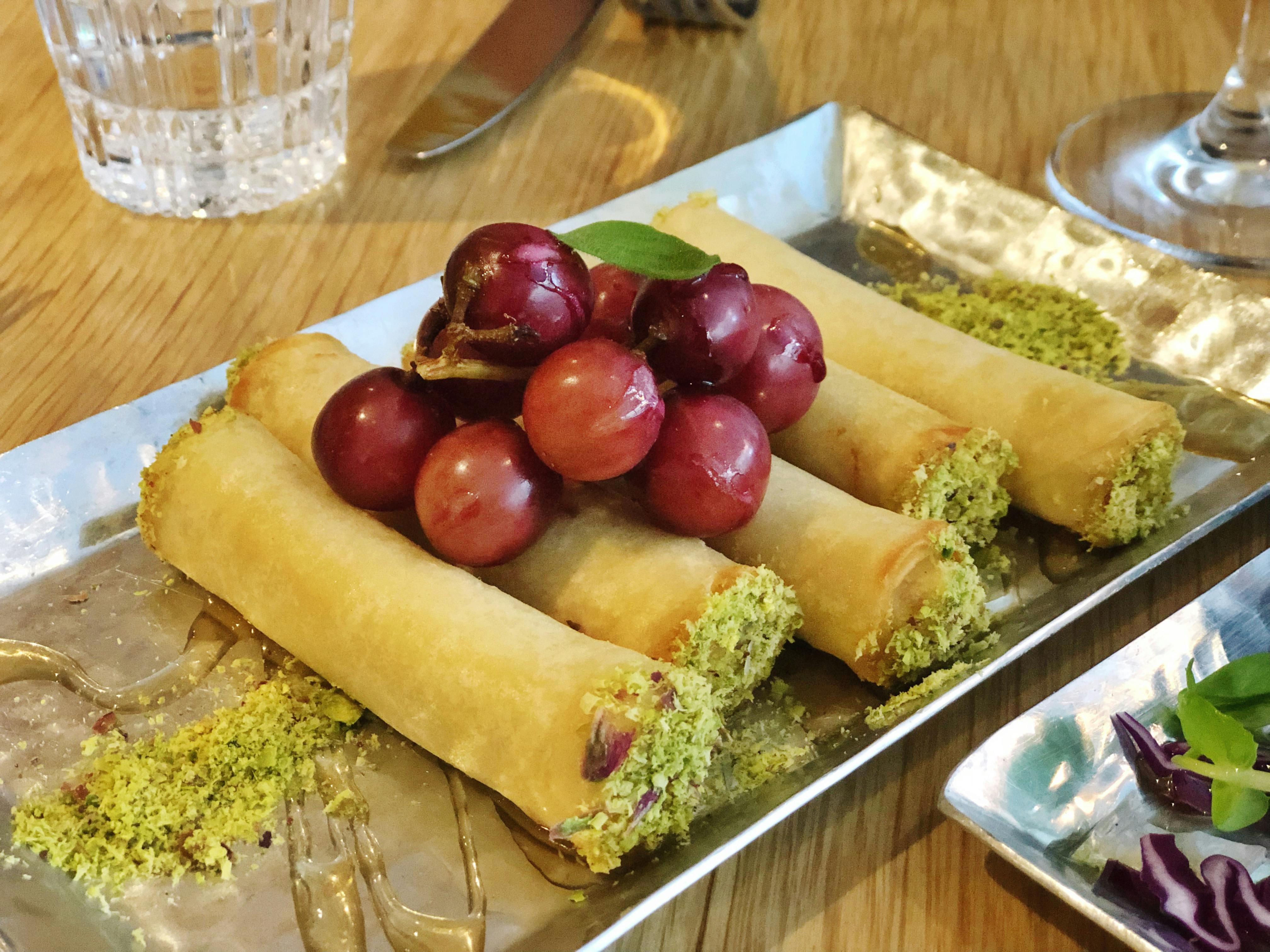
“Our famous Truffle ‘Rakakat’ (cheese rolls) is authentically made with phyllo dough filled with Lebanese cheeses, deep fried then served as a hot appetizer. To modernize and elevate it, we add truffle paste and oil to the stuffing and dip the edges in honey and pistachio. Our Roasted Cauliflower is cooked in Hawaii butter and served with green tahini and Feta cream—traditionally, the cauliflower would just be fried and served with tahini sauce.
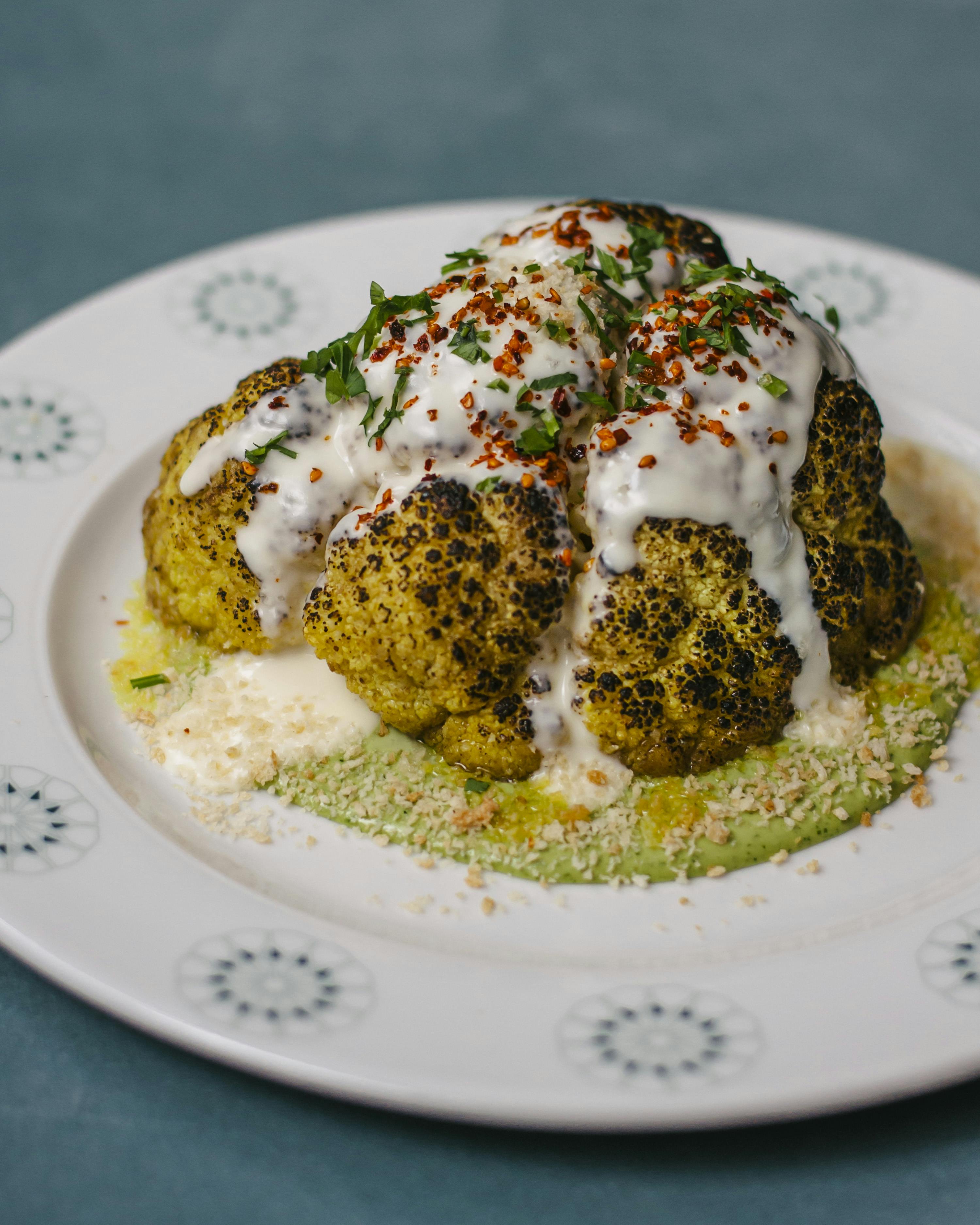
These are just a few examples, with many more to be found on Amal’s incredible menu. Can negative connotations or assumptions be applied to the term 'modern' cuisine when discussing food in relation to culture? If so, do those connotations change based on who prepares the food? For example, a chef with a Lebanese background making modern Lebanese versus a chef of a non-Lebanese background claiming to make modern Lebanese cuisine?
“I’m always very careful when changing an authentic Lebanese recipe, as it can understandably be disappointing if not done right,” offers Ghaleb. “I find chefs with Lebanese backgrounds are more confident and comfortable making changes or modernizations to traditional dishes due to their understanding of the original recipes. However, it ultimately comes down to training and providing chefs with that understanding.”
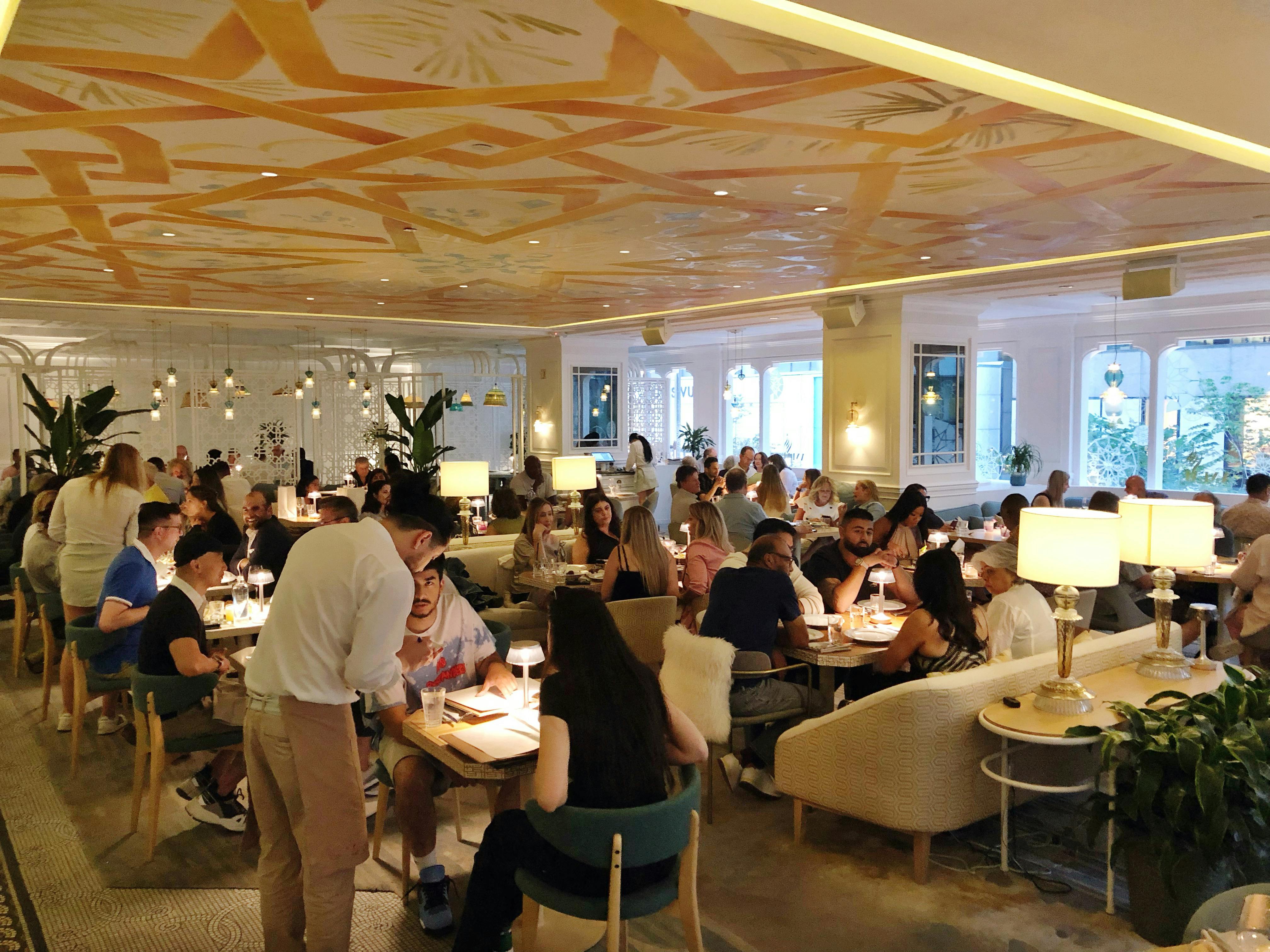
Since launching Amal, the restaurant has worked hard to train its team to ensure they have a strong understanding of Lebanese flavours, techniques and ingredients, with standardized recipes for consistency across the board. Aside from that, the service is impeccable and smart, with every dish presented with architecturally constructed excellence. The servers are quick to answer questions about the menu and are capable of reciting every ingredient. Of course, this is Yorkville, and you should expect no less. So what does a high-end restaurant like Amal, located in one of the city's most upscale neighbourhoods, say about how far Toronto has come regarding inclusivity and diversity in the food scene?
“Toronto is known for its cultural diversity, and Amal is a great example of how the demand has grown for authentic specialty cuisines in a more formal dining setting,” answers Ghaleb. “Generally speaking, Lebanese and middle eastern cuisines have always been available in metropolitan cities as a quick bite or fast food, but at Amal, we wanted to provide a full-service, authentic, high-end experience that showcases Lebanese flavours, hospitality, and quality cuisine. We live in a world where we can taste and connect with so many different cultures from across the globe, and Amal wants to play a role in that important and welcoming social experience.”
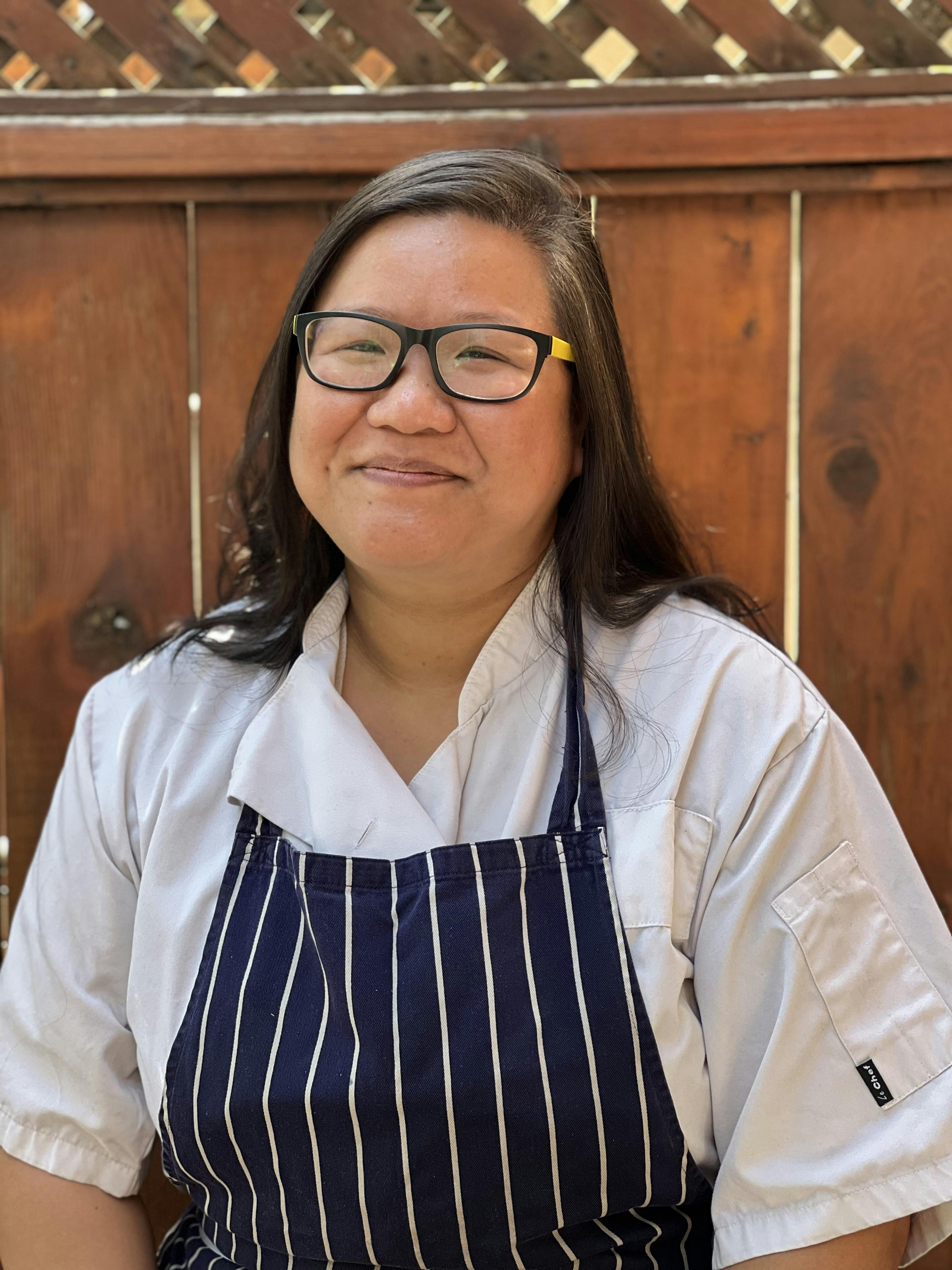
Chau Toronto
Jane Tran started out operating a shared commissary kitchen inside the King West location of indie coffee chain Wallace Espresso. Tran had never really been a front facing business, nor did she really need a storefront unit to handle her business. As a classically trained chef who’s apprenticed under no other than Chef Daniel Boulud—an iconic culinary figure with restaurants all over the globe, including Toronto’s Cafe Boulud and d|bar—Tran is well travelled. She found the idea of sharing expensive storefront space, already popular in other pricey cities like London and New York, was an excellent model to work with. This led to her founding of the 852 Curbside Collective, a shared back kitchen and storefront pantry that included Tran’s catering company Chau Toronto, Phancy Food & Catering, and Sausage Party owner Emily De Beus, an alumnus of the collective who has recently opened her own storefront Aunty Em's Deli & Coffee on St. Clair Ave. West. This allowed Tran to focus on her catering business in the back kitchen while her partners used the street facing space.
Tran’s menu is a blend of traditional foods, like bao, but with a modern twist.
“We’re working on a wedding menu this weekend for a Korean and Punjabi couple, and we’re doing a brisket with kimchi and a smoky chicken with a black bean marinade,” Tran says as an example. “I want to take my cooking skill and apply it to the food I know to change the perception of immigrant or ethnic food being cheap and cheerful.”
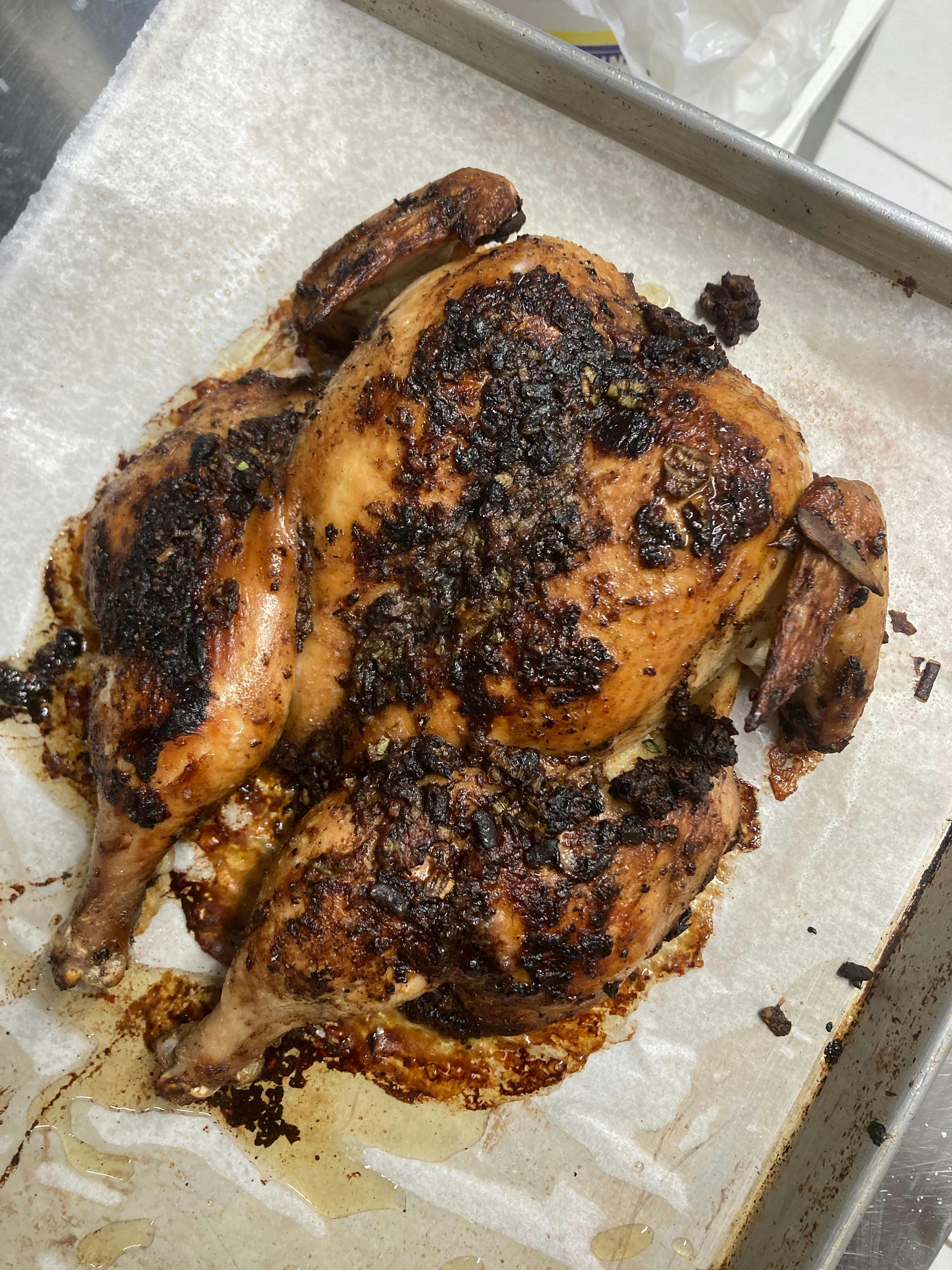
For Tran, who is Vietnamese-Canadian, what makes a modern dish has much to do with presentation. Something her training has imparted on her is the importance of plating and presentation to elevate not just the flavour of the food but also the appearance.
“A lot of the super traditional food I love is what David Chang refers to as ‘ugly delicious’—beef rendang is absolutely delicious, but depending on who you ask, doesn’t look that appealing,” says Tran, who decided early on she would use her skills from upscale kitchens to elevate the appearance of cultural food she grew up with.
“It drives me crazy that people are willing to spend $40 for 5 pieces of ravioli but aren’t willing to spend that on dumplings, which are equally difficult to make,” she adds. “I think people are used to getting 20 beige dumplings on a plate with no garnish, but if you use better ingredients and present it a little differently, people perceive the value of that.”
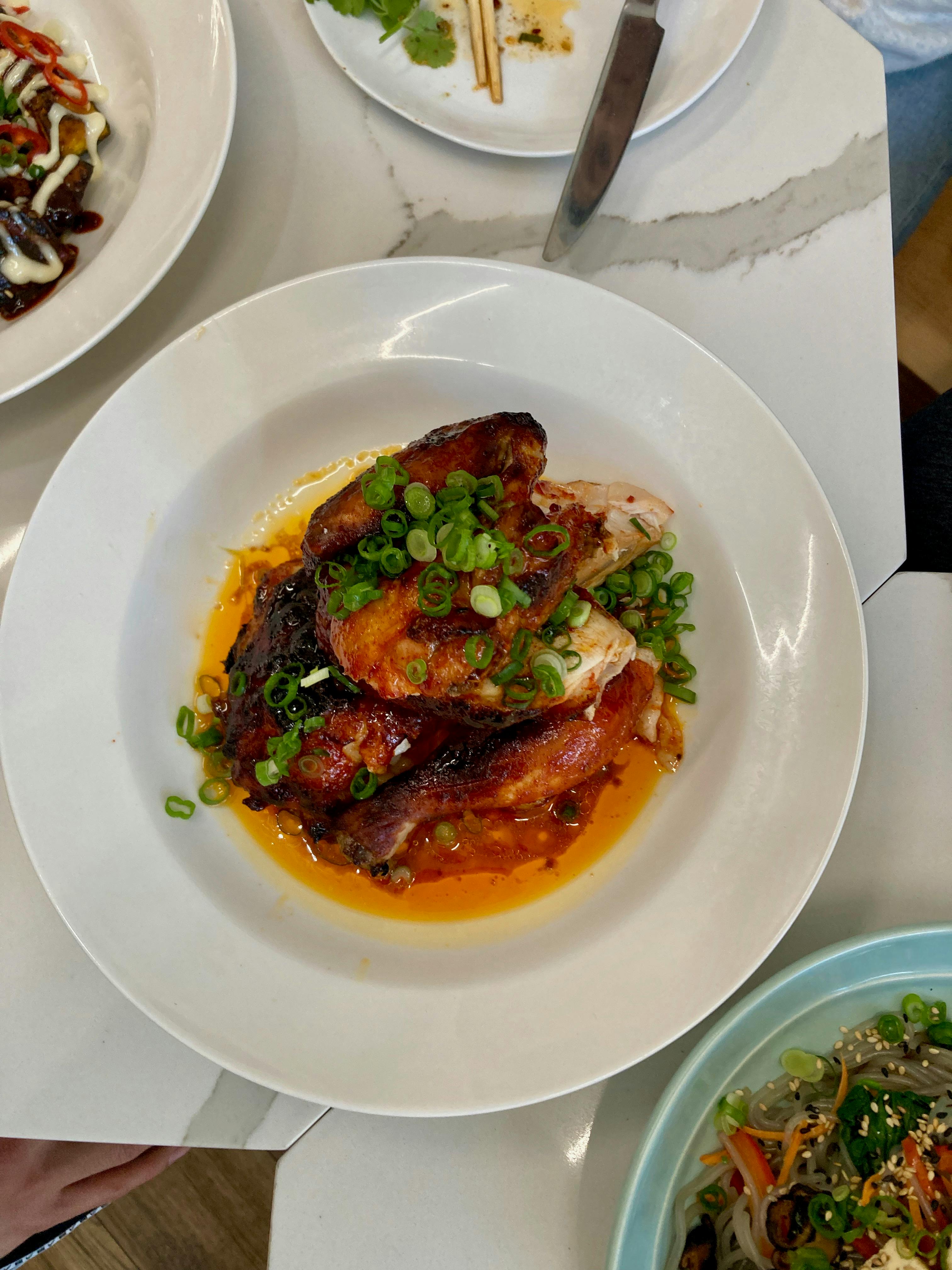
When it comes to the challenges of “modernizing” cultural dishes, which in itself can be a problematic term for a host of reasons, Tran takes a measured view.
“Sometimes I want a very traditional Phở, like when I’m sick, and I’m craving my mom’s soup that I grew up with. Usually, I think the angst people feel about modernizing their cultural dishes comes from concerns about who’s doing the modernizing and what their relationship is to the culture.”
So does the cultural background matter as much as the cultural respect for the food? For Chef Tran, it depends.
“Certainly, most people are going to be comfortable with people of their heritage modernizing their own food, Tran says. “The bigger question for me is, what’s your connection to the heritage, and are you familiar at all with the food you claim to be modernizing? So as someone who is culturally Vietnamese but wasn’t born there, do I have more right to cook something Vietnamese-based versus someone who trained and cooked there for two years?”
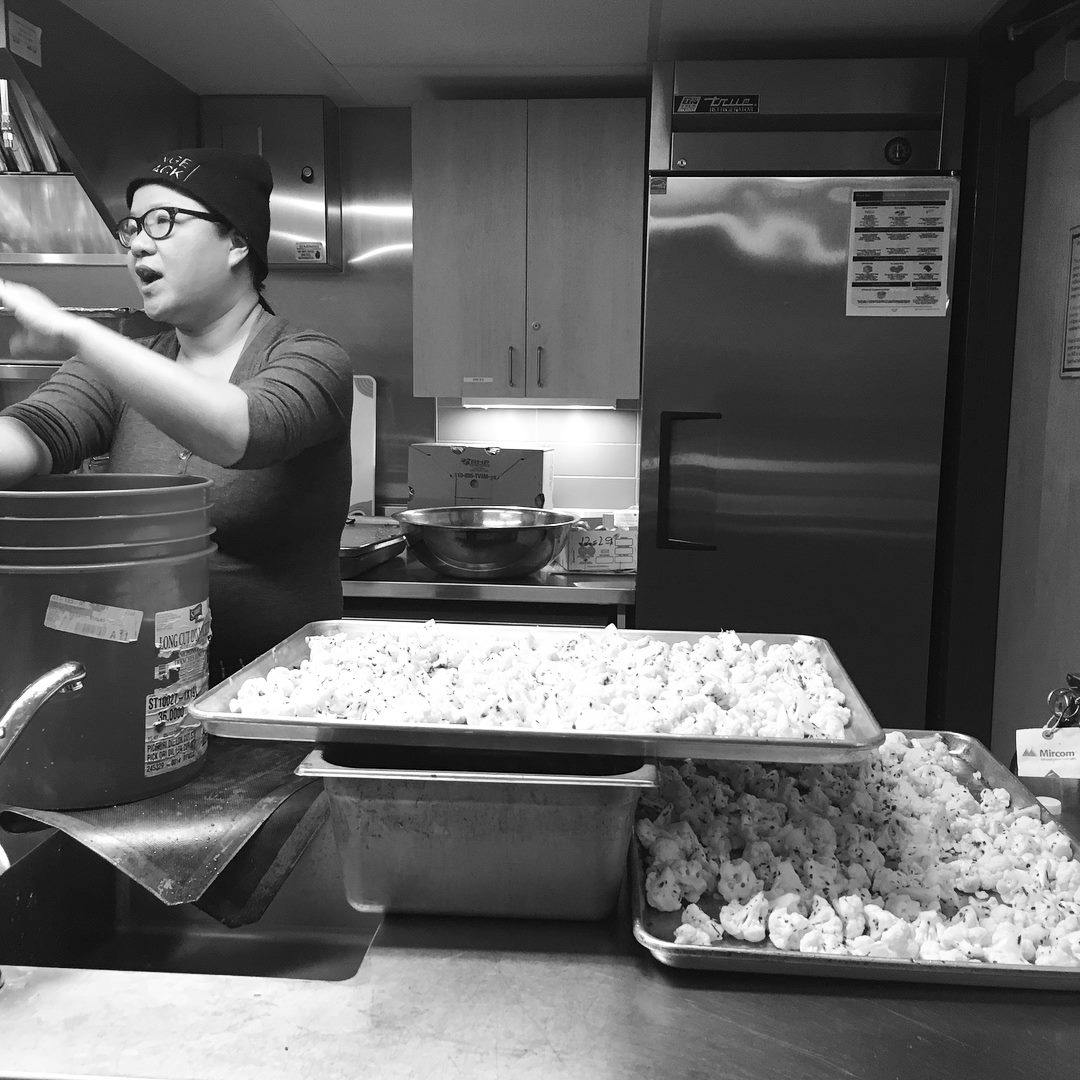
When it comes to culture, specifically foods that mean so much to so many people, it seems like there can be a lot of “ifs, and, or buts” applied. But generally speaking, anyone who takes on the job of creating an upmarket version of a cultural cuisine should have a deep respect and love for that cuisine. “Modern” should never be confused with “civilized.” With so much about cultural dishes being connected to the histories and migrations of people, it should be assumed that the respect applied to cultural foods should also apply to respect for the cultural histories of the cuisine being cooked.
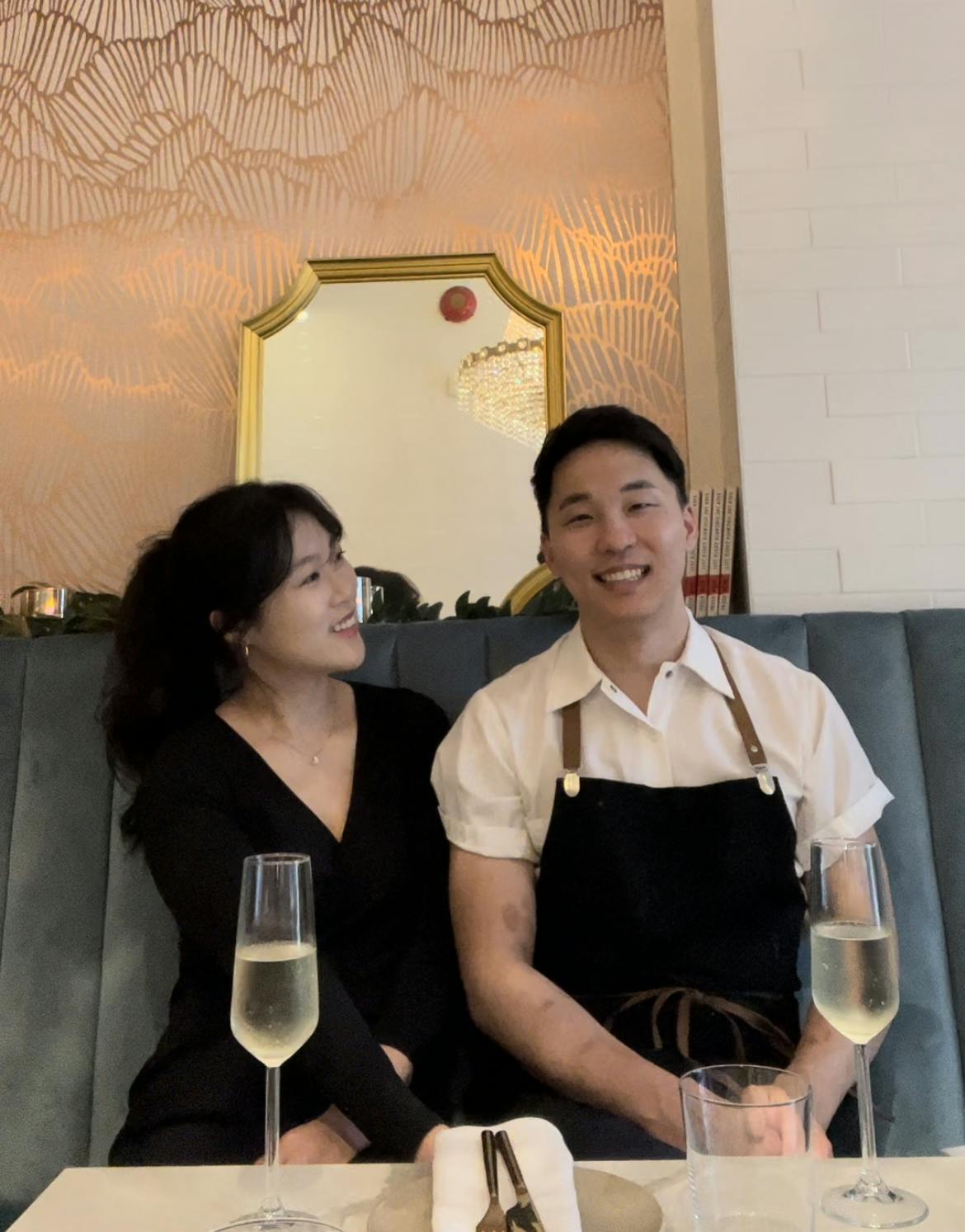
156 Cumberland
Launched after being offered a partnership by the owner of Kibo Sushi last Fall, Yorkville gem 156 Cumberland is where Head Chef MJ Jeong and Front of House Manager Jenffier Yeo are cooking up a unique blend of European and Korean flavours. The husband and wife team are getting rave reviews for their modern takes on classic Korean, and like Chef Tran, the word ‘modern’ concerning their menu is about showing the high-end potential of Korean food.
“In Toronto, Korean food is considered a very homey cuisine that offers a casual dining experience,” says Yeo. “We wanted to use traditional Korean ingredients and techniques, infuse them with modern techniques, and have any Torontonian experience our menu as something innovative.”
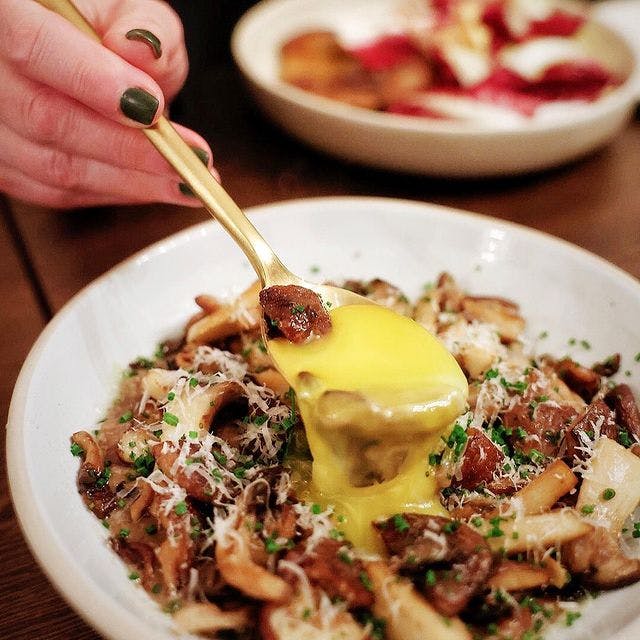
A few examples of the classic Korean dishes they’ve modernized include the Mushroom Jook, a rice dish traditionally made by overcooking rice or barley—think congee—which essentially becomes a hybrid risotto dish with egg, truffle and parmesan cheese.
The Korean version of Beef Tartare, called Yukhoe, is typically served with raw egg yolk and pears over a bed of greens. Chef MJ Jeong turns the concept into bite-sized pieces with egg yolk emulsion and fried shallots wrapped in crispy tofu skin.
“When we have Korean diners, they either love the fun twist of the traditional dishes or, sometimes, older guests who tend to be more traditional will feel like it’s not Korean at all,” says Yeo. “The younger generation tends to be more accepting of any change.”
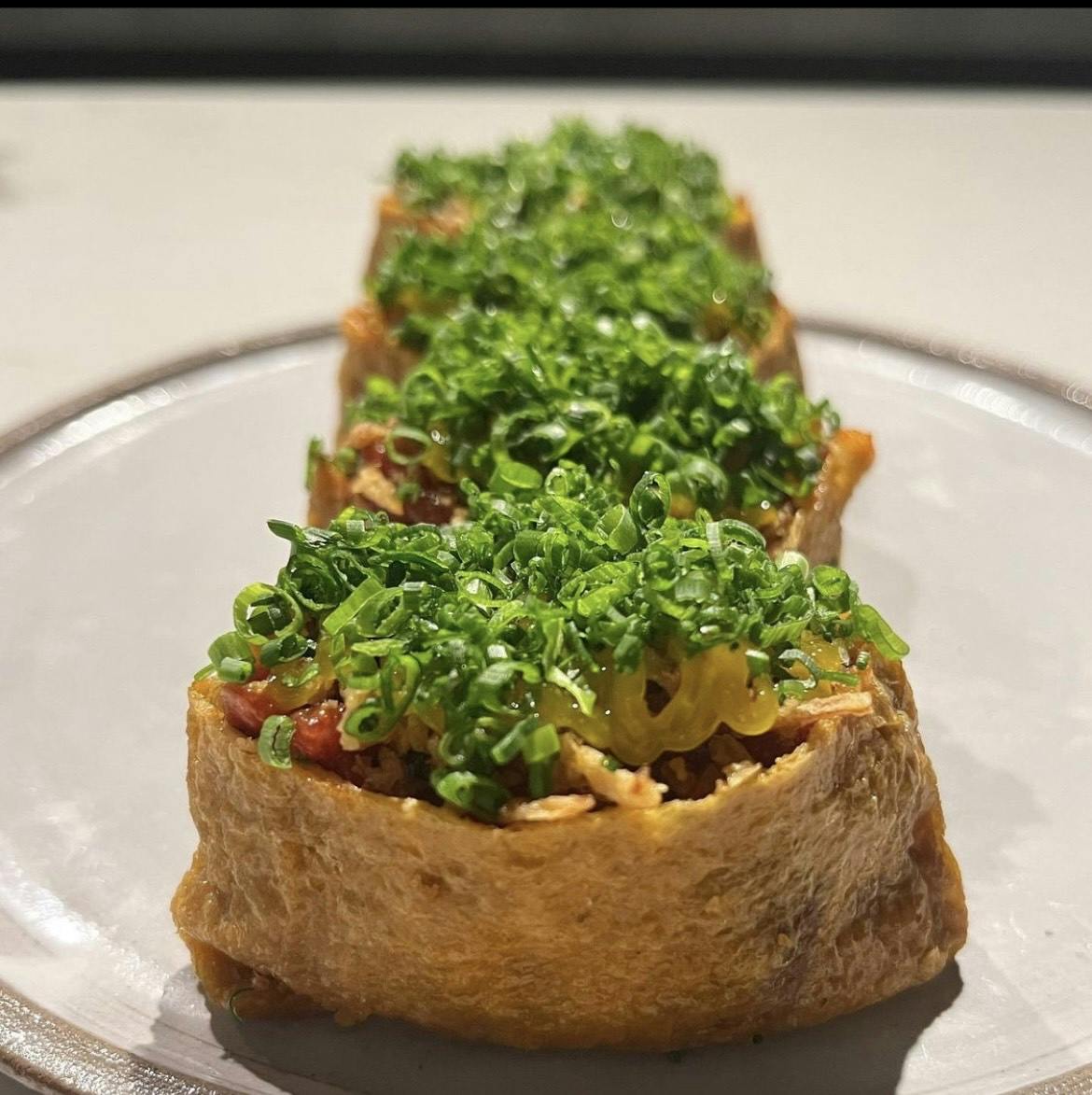
Chef MJ Jeong sees the question around the loaded nature of the word ‘modern’ in terms of who’s in the kitchen as necessary.
“There’s definitely a difference between a Korean chef versus a non-Korean chef modernizing Korean food,” Jeong says, interpreted through Yao. “A Korean chef will have the basic cultural knowledge of Korean ingredients than a non-Korean trying to modernize that food.
For Jeong, even if non-Korean, or Korean-Canadian chefs born and raised in Canada, were trained in Korea, there may still be cultural differences which will impact the food they make.
“There may still be a difference in how they express the cuisine based on their westernized cultural experiences and environment, which could be interpreted differently than a Korean chef with lived experience and knowledge,” Jeong adds.
When it comes to what it says about Toronto that it’s a city excited about what 156 Cumberland has to offer, the pair point to the diversity of the city and the available cultures represented on a plate.
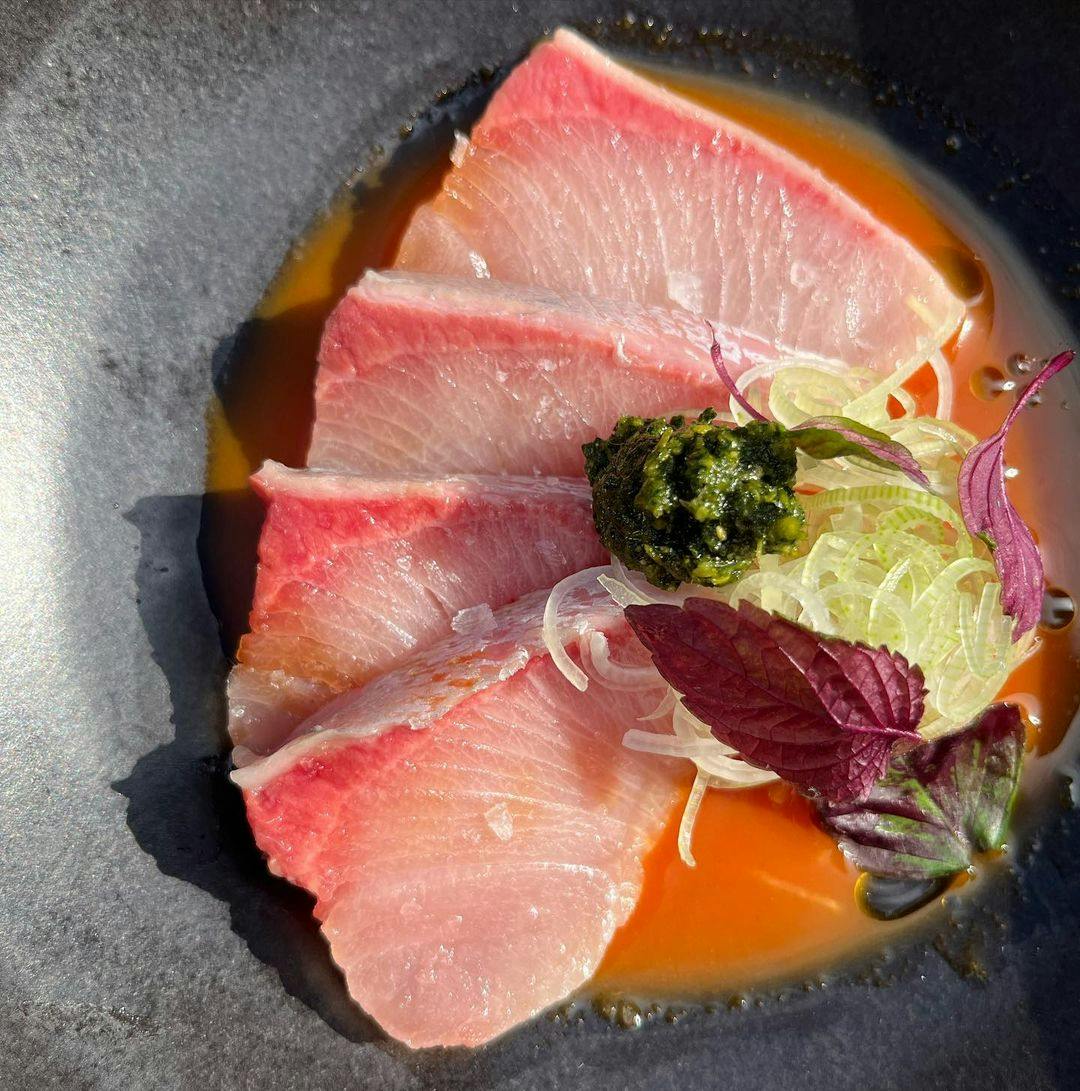
“There’s obviously a huge cultural difference between eastern and western foods, but this is a city that is so diverse, with food from all over the world to be found everywhere,” says Yao. “Yorkville may still be pretty westernized where the cuisine is concerned, but it’s great to see Yorkville clientele coming into the restaurant who typically say they’ve never had anything like this. Slowly, we are going to bridge that gap.”
As for what the owners of 156 Cumberland want all of their clientele to take away from a dining experience at the Yorkville restaurant…
“We want our customers to walk away from a meal knowing that Korean cuisine can be expressed in an elevated, innovative way, where people can go on a romantic date night and enjoy Korean food in a beautiful setting.”
Modern cultural cuisine doesn’t appear to be about taking culture out of the food but rather injecting new adopted cultures into the food and presenting them in a way that makes the most of a world getting smaller by the day.










